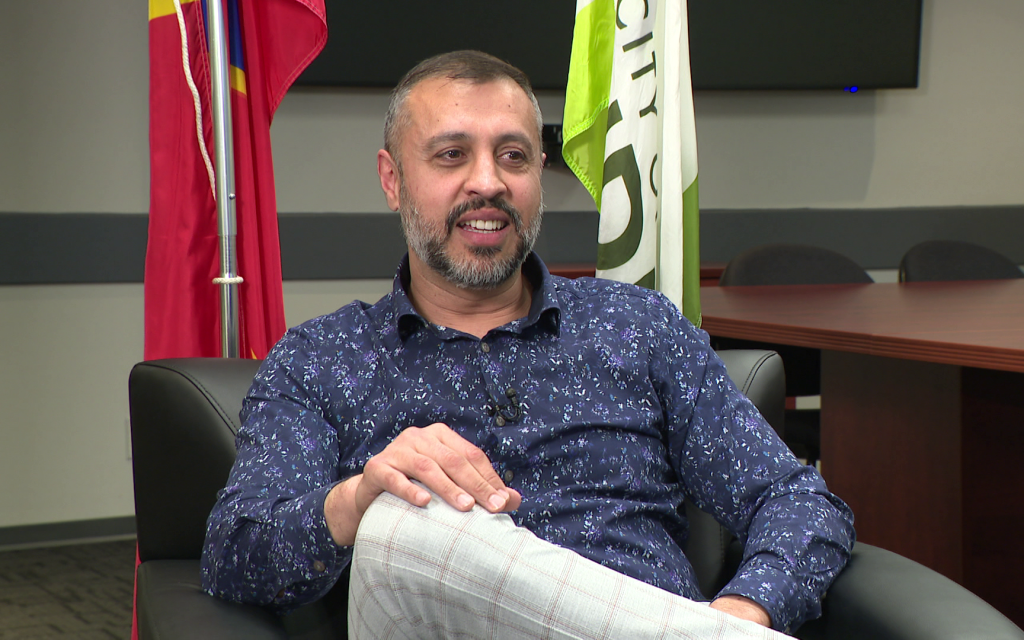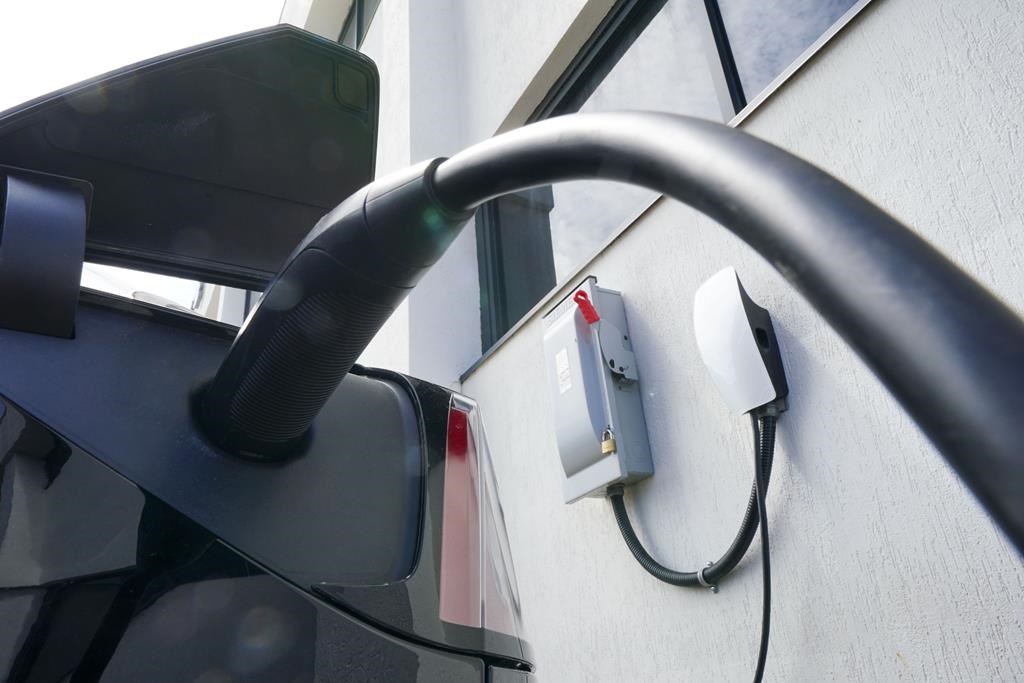Brown’s budget adds billions for schools, tax credit for working poor; advocates push for more
Posted May 14, 2015 10:14 am.
Last Updated May 14, 2015 8:40 pm.
This article is more than 5 years old.
SACRAMENTO, Calif. – Gov. Jerry Brown took a restrained approach in proposing a record $115.3 billion budget Thursday that sends more money to schools and offered what he called a reasonable commitment for a new tax credit to the working poor.
His proposal left fellow Democrats, welfare advocates and social service recipients asking whether the state can do even more to fight poverty.
“To what degree are we going to be able to restore everything that was cut during the recession? I doubt it,” said Assembly Speaker Toni Atkins, D-San Diego. “Do we have to try? Absolutely.”
Brown’s updated budget plan marks the beginning of a four-week negotiation period with the Legislature. Lawmakers have until midnight on June 15 to enact a balanced budget and send it to the Democratic governor for his signature.
The spending plan reflects a $6.7 billion spike in tax collections since Brown made his initial budget proposal in January.
Responding to criticism that he hasn’t done enough to help the poor, Brown proposed a $380 million earned income tax credit that his administration said would help as many as 825,000 families and up to 2 million Californians.
The average tax credit would be $460 a year with a maximum credit of $2,653 for families with three or more children, to complement the federal tax credit program. It would be available to individuals with incomes of less than $6,580, or up to $13,870 for families with three or more dependents.
The income tax credit was a hit with Republican lawmakers. Democrats and advocates for the poor also welcomed the tax credit but said it does nothing to help seniors, people with disabilities, immigrants who lack access to health care, and parents unable to work because they can’t afford child care.
“I think the governor’s budget stinks, to tell you the truth,” said Robert Coplin, 52, a resident of Sacramento.
Coplin said he lives in a subsidized apartment and relies on state disability assistance to get by. Those grants were reduced to a maximum of $889 a month during the recession and haven’t been restored, he said.
Parents expressed disappointment that Brown did not raise state subsidies for child care — a high priority this year for Democratic leaders. In addition, Senate Democrats want to expand the state’s health care program to immigrants who are in the country illegally.
And advocates for children worry that without an increase in payments to Medi-Cal providers, the pool of doctors and dentists willing to see kids will keep shrinking in California, which ranks 49th in the nation in reimbursement rates.
Brown’s spending plan also proposes sending billions more to public schools, freezing in-state undergraduate tuition in the UC system and allocating more resources to respond to the state’s severe drought.
At a Capitol news conference, Brown defended his cautious approach to spending the newfound tax revenues, explaining that he wants to avoid the kind of fiscal turmoil that came with the most recent recession and forced the state to make deep cuts to education and social services.
“We have to learn from history and not keep repeating the mistakes,” he said.
By law, most of the surplus must go to public schools and filling California’s rainy day account. Adding in special funds and bond money, his total proposed state budget tops $169 billion for the fiscal year starting July 1.
Brown’s proposal also includes:
— $68.4 billion in 2015-16 to meet the state’s school funding guarantee, up from $65.7 billion in January. Brown’s office said that amounts to an additional $3,000 per K-12 student compared with 2011-12.
— Nearly $17 billion in general fund money for community colleges, the University of California and California State University. UC President Janet Napolitano agreed to freeze most in-state undergraduate tuition for at least two years in exchange for an extra $436 million in state funding to offset university pension costs.
— $18 billion in general fund money for the joint federal-state Medi-Cal program, which is projected to cover 12.4 million people for doctor visits, hospital care, pregnancy-related services, and some nursing home care.
— $10 billion in for prisons and rehabilitation programs, including a plan to bring home nearly half of the roughly 8,100 inmates housed in private prisons outside California.
— $2.2 billion in revenue from the state’s landmark effort to curb greenhouse gas emissions, which will go toward high-speed rail, transit assistance, affordable housing and energy efficiency upgrades.
___
Associated Press writers Fenit Nirappil and Lisa Leff in San Francisco contributed to this report.










